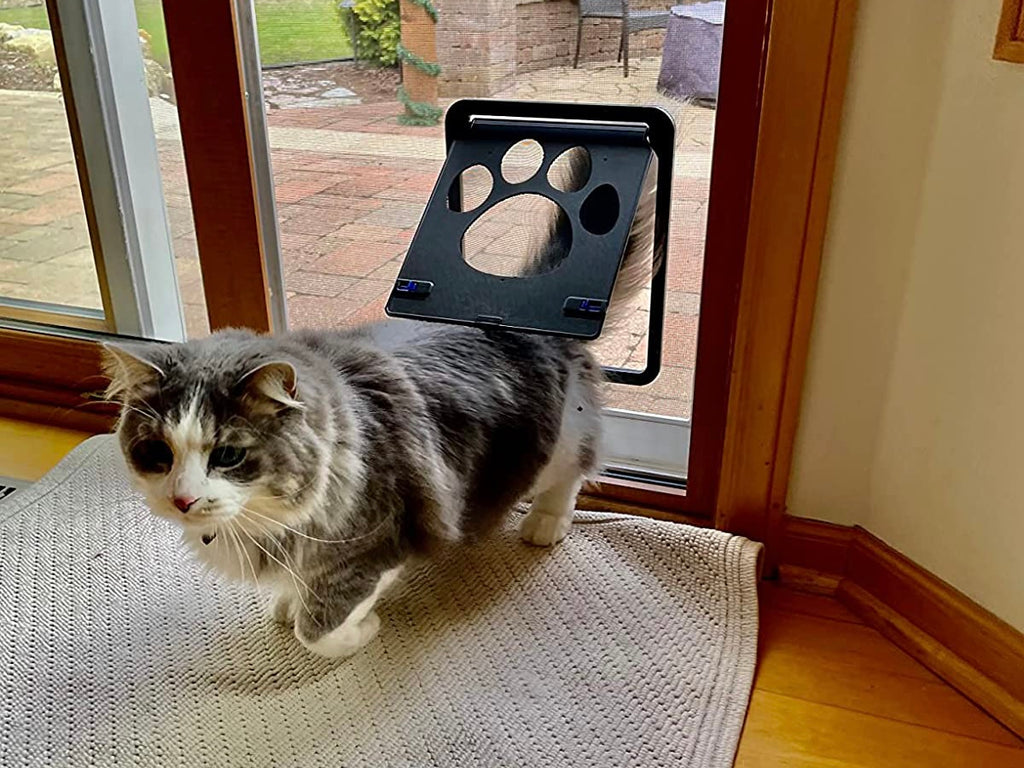Teaching Your Dog or Cat to Use a Pet Door
Pet doors are a convenient way to give your furry friends the freedom to come and go as they please while maintaining your home's security. Whether you have a dog or a cat, training them to use a pet door is a valuable skill that enhances their independence. Here are steps to help both dogs and cats learn how to use a pet door:
1. Choose the Right Pet Door
Before you start the training process, make sure you have the right pet door. Consider the size of your pet, the location of the door, and whether you need a manual or electronic pet door. Ensure the pet door is of appropriate size and type for your pet's needs.
2. Familiarization Phase
Open the Flap: Begin by securing the pet door in an open position, so it doesn't swing shut. This will help your pet become familiar with its presence.
Positive Associations: Encourage your pet to approach the open pet door using treats, toys, or gentle verbal cues. The goal is to create a positive association with the pet door, so your pet doesn't see it as a threat.
3. Gradual Progression
Move the Flap: Once your pet is comfortable near the open pet door, gently guide them through it by holding the flap open. You can use treats or a favorite toy as a reward when they pass through.
Reward Success: Each time your pet goes through the door, immediately reward them with treats and praise. Consistency is key to reinforcing the idea that using the pet door leads to positive outcomes.

4. Practice and Consistency
Make pet door training a part of your daily routine. Encourage your pet to go through the door multiple times, gradually reducing your involvement as they become more confident.
5. Encourage Independence
Both Directions: Initially, teach your pet to use the pet door to go outside. Once they've mastered this, encourage them to come back inside through the pet door. Be patient during this step, as it may take some time for them to understand both directions.Close the Door: As your pet progresses, allow the pet door flap to close partially or fully when they pass through. This teaches them to push the flap open themselves.
6. Visual Cues
Some pets respond well to visual cues. Place stickers or tape on the pet door at your pet's eye level to make it more visible.
7. Monitor and Adjust
Supervise Early Attempts: Keep an eye on your pet during their initial attempts to use the pet door to ensure they are using it safely and not getting stuck.
Adjust Flap Tension: If your pet has difficulty pushing through the door, consider adjusting the flap tension to make it easier for them.
8. Be Patient
Take Your Time: Pet door training may take some time and repetition, so patience is essential. Avoid scolding or forcing your pet through the door, as this can create fear or resistance.
Remember that every pet is unique, and some may take longer to adapt to the pet door than others. The key is to use positive reinforcement, be consistent, and give your pet the time they need to feel comfortable using the door independently. With persistence and patience, most dogs and cats can learn to use a pet door effectively.